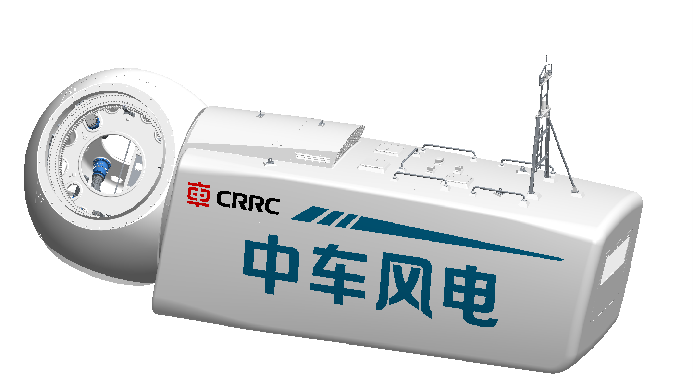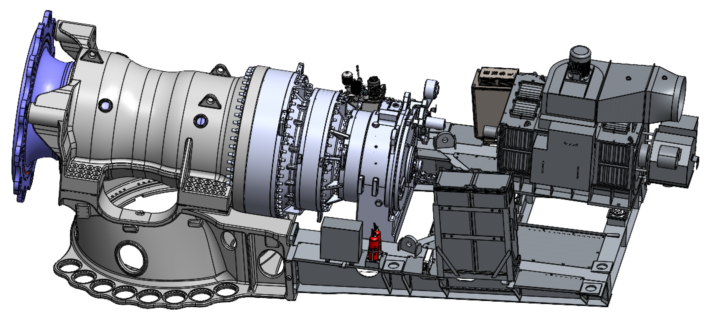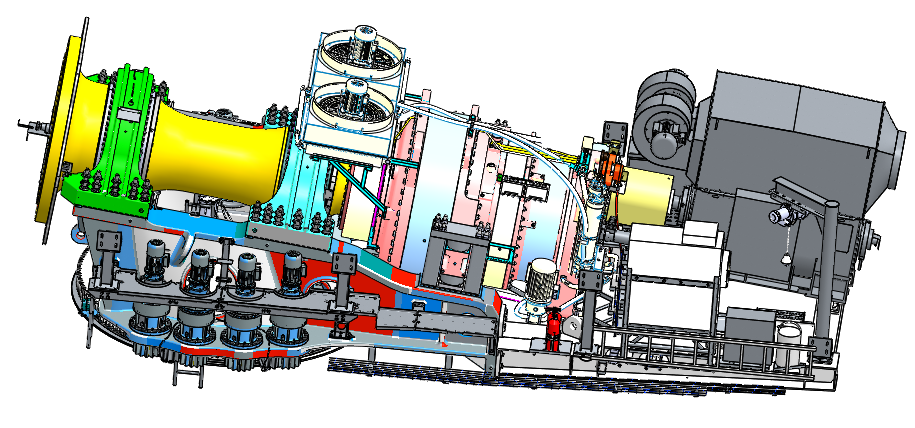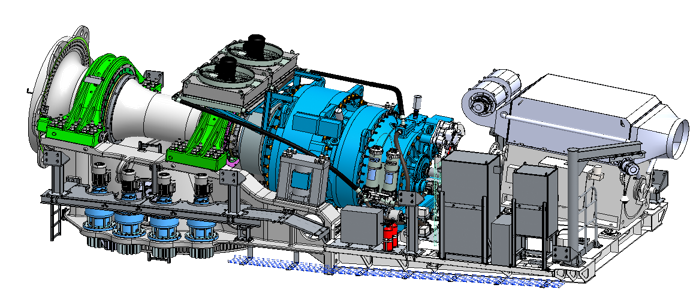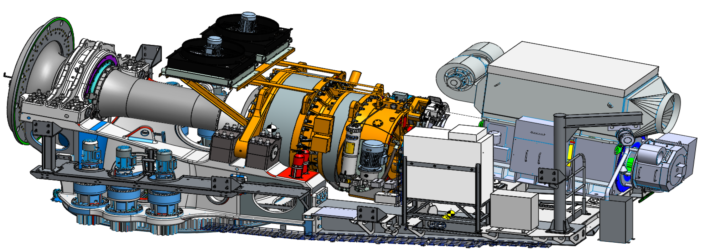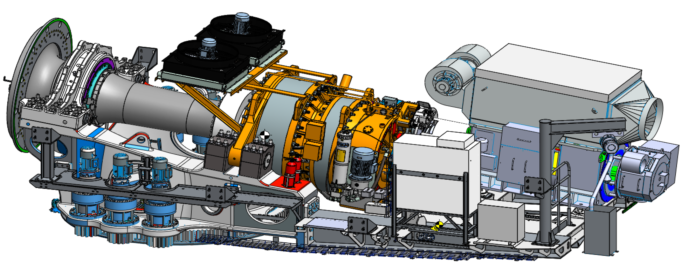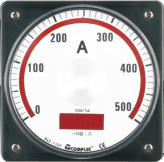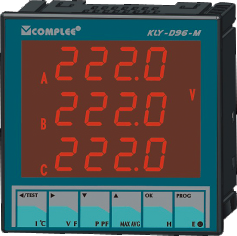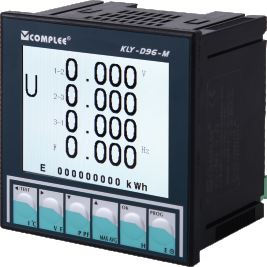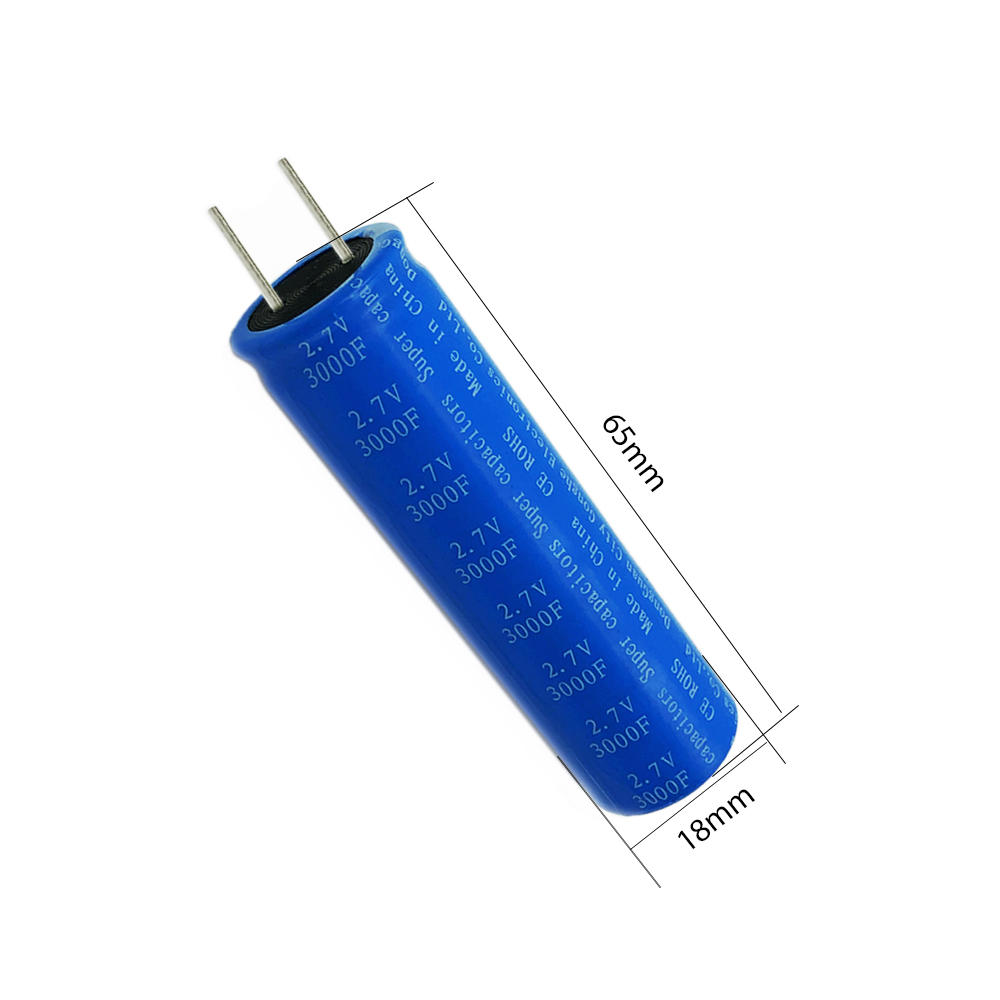Wedoany.com Report-Nov 18, If the US offshore wind industry goes down after Inauguration Day 2025, it will go down swinging. Stakeholders have been scrambling to make their case before the new administration takes office on January 20, and they are not relying on clean kilowatts to do it. Instead, they are rolling out the supply chain defense.
Connecticut Offshore Wind Industry To White House: Look At Me!
The Connecticut Wind Collaborative is among the stakeholders making the supply chain case for the domestic offshore wind industry. On November 14, CWC announced the launch of a new supply chain study to be conducted by The Pew Charitable Trusts and the leading energy transition firm Xodus Group under the somewhat innocuous title, “Connecticut Offshore Wind Industry Study.”
The study has two aims, one of which is to call attention to the state’s leadership role in the US offshore wind industry. “Connecticut has played a pivotal role as a first mover in advancing the offshore wind industry with Connecticut businesses and workers contributing to every East Coast offshore wind project to date and State Pier in the Port of New London serving as a marshaling and assembly hub for three projects,” CWC asserts.
New York and Massachusetts may have something to say about that. Both states were among the first to lay plans for offshore wind farms, back in 2018. Then there’s Rhode Island, which was the very first US state to get a commercial-scale offshore wind array up and running. Virginia was also off to an early start with two turbines in the water in June of 2020.
Still, those are timeline achievements, not a measurement of supply chain relationships. Also, the Rhode Island and Virginia arrays have a combined capacity of just 42 megawatts. That’s a drop in the bucket compared to the resources that are being called into play for the scale of offshore activity stirred up since 2021, after the Biden-Harris administration took office with a goal of installing 30 gigawatts’ worth of offshore turbines by 2030 (see more Atlantic coast offshore background here).
The Rise Of The Offshore Wind Supply Chain
That brings us to the second aim of the study, which is to come up with recommendations for coordinating supply chain resources on a regional basis, with the potential for a ripple effect nationwide.
“Connecticut has the potential to be an important link in the offshore wind supply chain, a growing sector that can enable the state to add jobs and boost economic growth,” explained Courtney Durham Shane, who holds the title of Senior Officer at The Pew Charitable Trusts.
“This study will be unique in recognizing not only the powerful role Connecticut businesses play in the emergent offshore wind sector, but also the benefits of what can be further achieved when working in partnership with neighboring states to develop regional capability,” emphasized Andy Logan, the Head of Industry Development at Xodus.
The inter-regional wheels are already in motion. In an email dated November 15, the non-profit offshore wind advocacy organization Oceantic Network reminded CleanTechnica that Massachusetts partnered with other New England states, New York, and New Jersey last year, in an effort to win federal support for an inter-regional offshore wind planning initiative that would address the transmission infrastructure among other issues. The state also partnered with Rhode Island in September of this year, to engineer the first ever multi-state offshore wind procurement in the US.
New York and New Jersey have also paired up to support regional cooperation. In October, the two states hosted a gathering of 350 offshore wind stakeholders, aimed at connecting local businesses with suppliers and developers in support of the offshore industry both regionally and nationally.
The Offshore Wind Supply Chain Gloves Come Flying Off
If the incoming administration is really serious about pulling the plug on the US offshore wind industry, they face a monumental task. The Bureau of Ocean Energy Management in the Department of the Interior, which administers the leasing process for offshore areas, has been very busy over the past several years.
“Under the Biden-Harris administration, the Department of the Interior has approved more than 15 GW of clean energy from ten offshore wind projects, enough to power nearly 5.25 million homes,” BOEM reported on November 8.
Unpeeling all that activity is going to take some doing, but President-elect Trump has only himself to blame. His first administration was the one that streamlined the previously unwieldy lease process, setting the stage for the pace of offshore development today. Before BOEM took over, wind developers had to go to the US Army Corps of Engineers to get a lease.
“Eight years ago, the first Trump administration laid out the fundamental framework for our modern offshore wind industry,” observed Oceantic Network President and CEO Liz Burdock in a public statement on November 6.
“The momentum started by that administration resulted in thousands of new jobs and $40 billion in new investment,” she added for good measure, noting that more than 450 supply chain stakeholders are members of Oceantic Network.
Twisting the knife a little more, Burdock also noted that the domestic supply chain covers bipartisan territory. Of the $40 billion in new investment, $24 billion consists of “direct investments towards manufacturing, vessel-building and shipyard upgrades, port infrastructure, transmission planning, and workforce development across 39 red and blue states,” she stated.
It remains to be seen if the supply chain defense changes changes hearts and minds in the White House after the new administration takes the reins. If you have any thoughts about that, drop a note in the comment thread.
Meanwhile, consider the plight of seaside communities along the Atlantic coast that have spent years trying to block wind farms. They may soon find themselves with oil rigs at their doorsteps instead of wind turbines.
On April 28 of 2017, just a few months into his first term in office, then-President Trump issued the “Implementing an America-First Offshore Energy Strategy” Executive Order, which opened up more offshore areas for oil and gas drilling in US waters, including areas along the Atlantic coast.
The Atlantic coast has been ideal for launching the US offshore wind industry, with the advantages of relatively shallow coastal waters, loads of energy-hungry coastal communities nearby, and ample seaport resources. Those same factors make the Atlantic coast appealing to oil and gas developers, too. BOEM notes that a number of Atlantic lease sales for oil and gas drilling were held in the 1970’s and 1980’s. Though these initial efforts proved unproductive, after a 40-year hiatus perhaps some fossil energy stakeholders are willing to give it another go.
Not to worry, at least, not yet, and not in some states. The Trump administration had second thoughts about the sweeping nature of the EO and eventually withdrew some areas off the coasts of the Carolinas, Georgia, and Florida from the leasing program.
In addition, President Biden signed an EO of his own on the day he took office, on January 20, 2021, which revoked the previous EO and restored protections — for the time being, that is.
